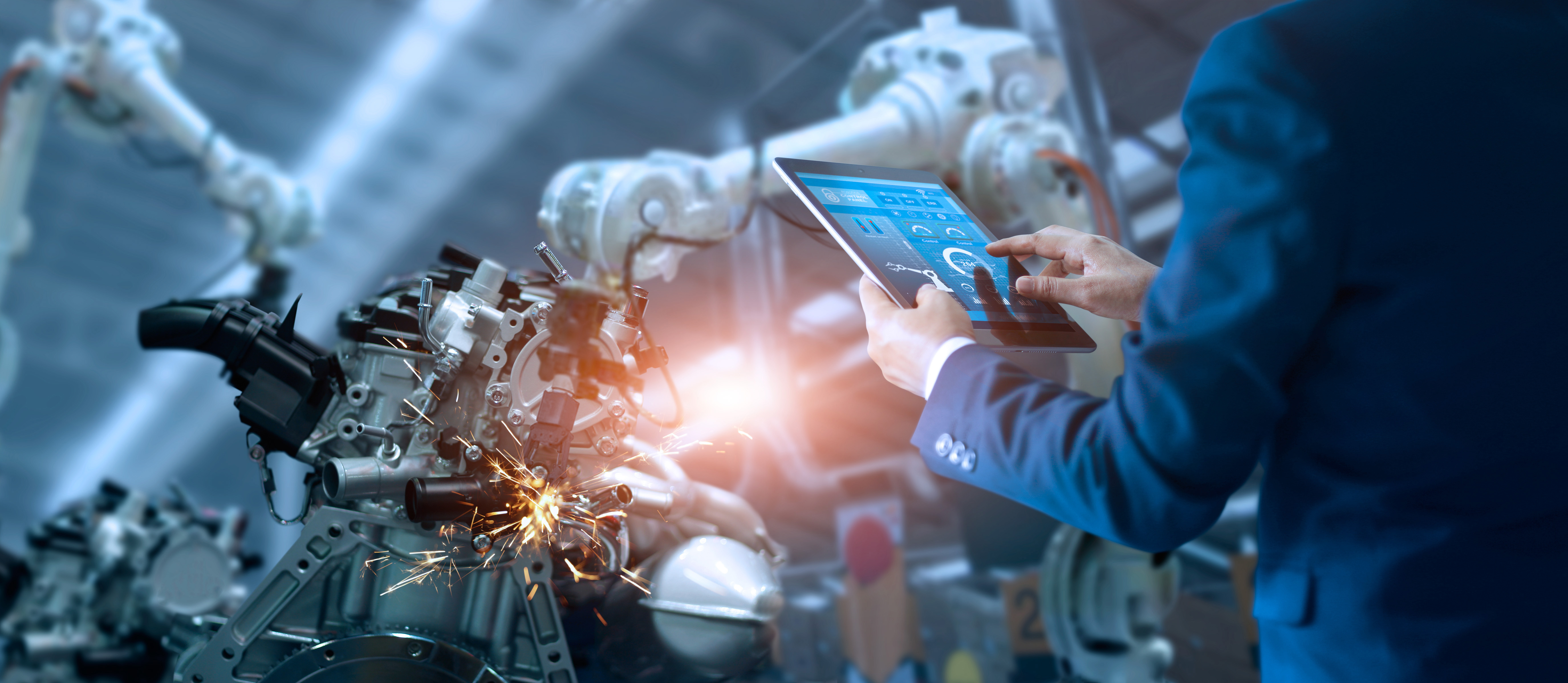Today, artificial intelligence and machine learning emerging technologies are solving for more than everyday conveniences. In fact, AI is being used to thwart cyber attacks, protect consumer data and support the safety of healthcare workers amidst a global pandemic. What was once an exploration of how AI could automate our everyday lives has now evolved into innovations to tackle today’s biggest challenges. As a result, the demand for data & machine learning tech professionals has spiked.
The possibilities within AI are still evolving, so as our event series Tech in Motion has tapped into experts as a part of their Securing a Remote Workforce and Data Science & Machine Learning webinars, we’ve pulled out themes in three business areas where intelligence technologies are currently making an impact on our world. Where is AI helping solution for today's challenges the most in 2020?
1. Intelligence for Health
Although we are far from replicating human intelligence, AI has proven to be invaluable in assisting with large global issues, such as the current COVID-19 pandemic. Emerging technologies in AI have helped in tracking the outbreak, diagnosing patients, disinfecting areas and speeding up the process of finding a cure.
DeepMind, a subsidiary of Alphabet, studies genomes data to identify which drugs could fight COVID-19. BlueDot, an artificial intelligence platform that tracks infectious diseases worldwide, was not only able to predict the start of the pandemic, but also was able to forecast how and where it will spread through Machine Learning algorithms. This outbreak has also fast-tracked the “testing” of robots and drones as researchers determine the safest ways to limit human-to-human contact and spread of the virus.
With the race to find a cure in full swing, the demand for data scientists (NLP and deep learning specifically) within the healthcare and biopharma industry has significantly increased. New sets of roles have emerged to manage the data and technology used in the outbreak response.
According to LinkedIn, demand for AI talent has grown by 74% annually in the past 4 years, and increased demand for those skills in light of 2020’s challenges has exposed an even greater talent shortage than predicted.
In Fact, according to CNBC's Disruptor 50 highlighting breakthrough technologies, biotech companies with AI and machine learning already fundamental to their operations were positioned for exponential growth when the global pandemic first began. There is a strong demand now for skills in image processing, computer vision, sequence analysis, language modeling, intelligence documentation for clinical trials, IoT for bioprocess manufacturing and bioinformatics.
2. Contactless Fulfillment
As we look for safer ways to access groceries, prescriptions and home-school supplies without the need for human contact, AI technology is emerging as an invaluable resource. In fact, online grocery ordering has increased 200% in 2020 and that number is expected to grow. Earlier this year, Nuro, a grocery delivery robot company, won federal safety approval for its self-driving car. Even companies like Amazon, FedEx, and DoorDash are exploring trends and experimenting with drones and robot delivery.
As a result, we've seen an increase in demand for a relatively modern role to the world of tech: the embedded software engineer. Technologists require a specific skill set to integrate applications for robotic products and work with electrical, mechanical, and software systems to create machine vision concepts for these emerging technologies.
3. Fighting Cybercrime
Detection of cybercrime attempts increased by one third in the time between January and March of this year alone. As we face a global pandemic, we will inevitably face more fear-based and opportunistic cybercrime attacks related to phishing and malware. With companies migrating their entire workforce to a remote strategy, employees using their personal devises for work-related projects and teams operating on unreliable networks, leaders are scrambling to secure their workforce and operate business as usual.
Read more on Cybersecurity tech trends in 2020 >>
Enterprise businesses are beginning to leverage forms of artificial intelligence to advance one step ahead of context threats, cloud ransom and long dwell attacks. Here enters the immediate demand for machine-learning and autonomous security. Tech professionals in this space develop algorithms to identify unusual information that falls outside of established patterns of data to find potential threats.
We are even beginning to see security teams leverage AI to scale operations as they are detecting incidents. In reaction to the growing threats, jobs across the cybersecurity space are growing three times faster than other tech jobs.Over the last 6 years, security roles have increased 94%, accounting for more than 13% of all IT roles. However, the market is falling short of skilled people to fill these positions, with a 0% unemployment rate holding steady year over year.
As we continue to face economic challenges, health risks and global threats in the face of a rapidly changing world, we are seeing a technology transformation evolve in front of our eyes that has the potential for permanent lasting power. While some have called AI a “trend”, it might just be the shift in technology that will save lives. Continue to stay connected with us as we explore the artificial intelligence evolution and talk with industry experts on emerging technologies and tech trends through our Industry Insights page below.

Motion Recruitment







